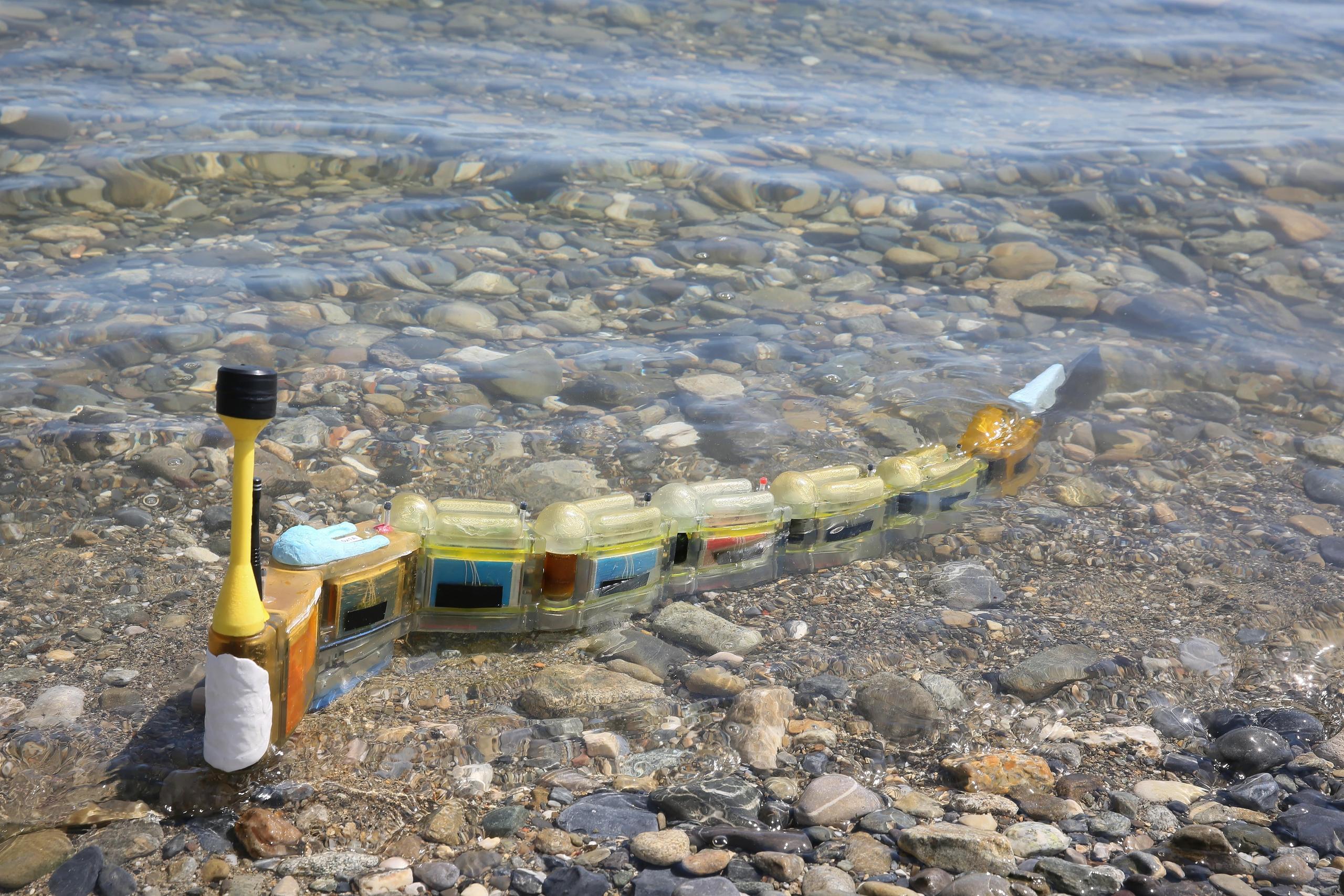Light pollution keeps night pollinators away

Swiss researchers have found out that artificial light can significantly reduce visits by nocturnal insects that help pollinate certain plants.
Scientists from the University of BernExternal link assessed that around 300 species of insects visit 60 plants species found in the meadows of the Bernese Prealps at night. The region was chosen as it is less affected by light pollution than other parts of the country. By subjecting five out of ten meadows to artificial light, the researchers could observe the impact of night-time illumination on pollinators.
The results, which were published on August 2 in the journal Nature, show that plants occurring in the meadows exposed to artificial light received 62% fewer visits from pollinators than unlit meadows. To understand the impact of this visit frequency the scientists analysed the life cycle of one plant: the cabbage thistle (Cirsium oleraceum). They found that the average number of fruits per plant was 13% lower in lit plants that unlit ones.
“The pollination during the day obviously cannot compensate for the losses in the night”, said group leader Eva Knop.
The researcher also discovered a link between nocturnal and diurnal pollinators: plants that were visited by pollinators at night were more likely to be visited by daytime pollinators. The assumption is that plants acquire a fitness advantage thanks to night pollinators which makes them more attractive to daytime ones. This could mean the reduction of night time pollinators could have a bigger impact than expected.
It is estimated that light pollution has increased by 70% over the last 20 years, particularly in residential areas.

In compliance with the JTI standards
More: SWI swissinfo.ch certified by the Journalism Trust Initiative











You can find an overview of ongoing debates with our journalists here . Please join us!
If you want to start a conversation about a topic raised in this article or want to report factual errors, email us at english@swissinfo.ch.